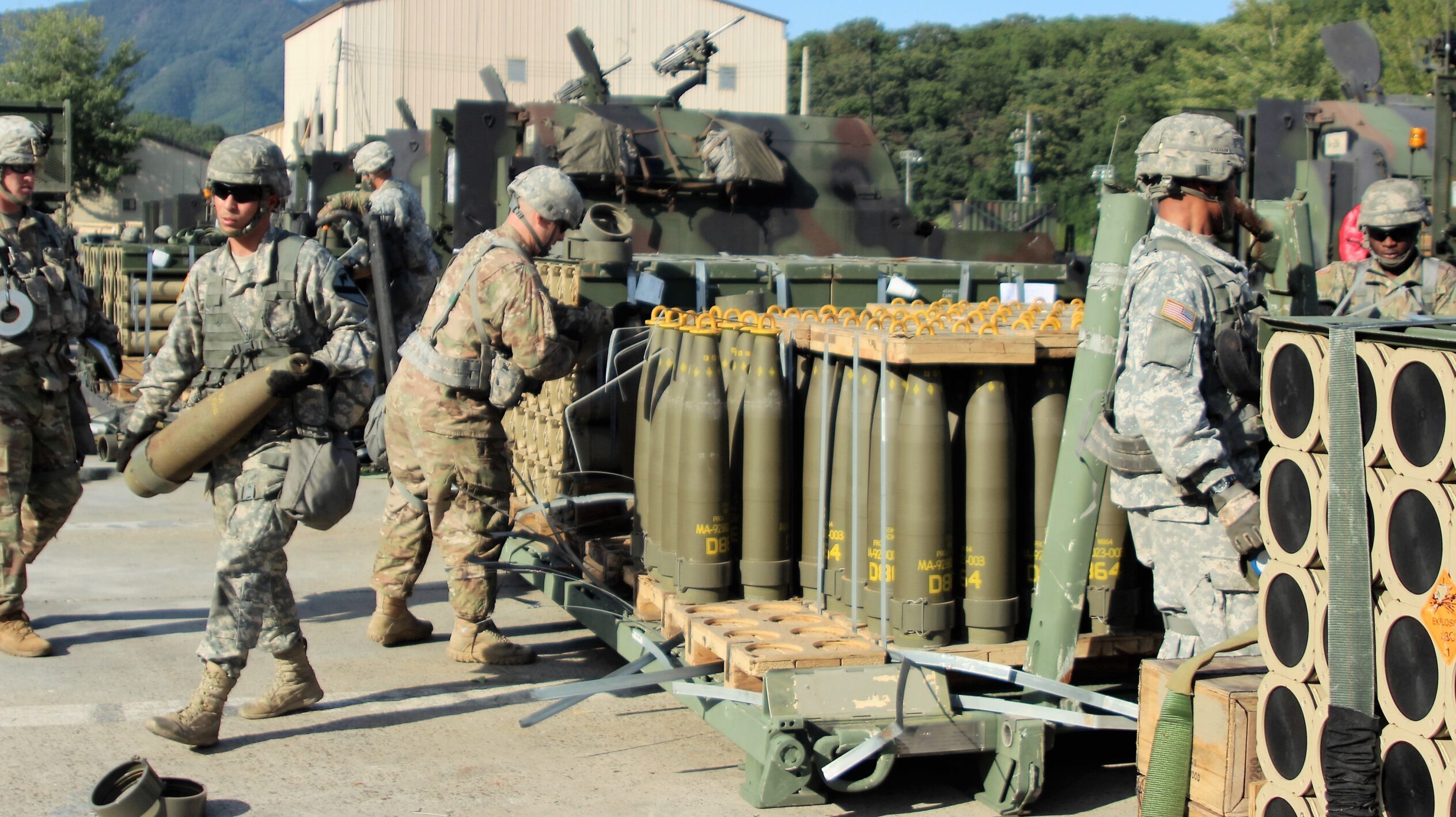
SEA AIR SPACE 2024 — The Pentagon is aiming to complete an implementation plan for its first-ever defense industrial base strategy this summer, a senior Defense Department official said today.
“The implementation plan will be a living document. We are working on it literally as we speak, and I suspect that it will be completed at some point later this summer,” Laura Taylor-Kale, assistant secretary of defense for industrial base policy, said during a speech at the Sea Air Space conference.
The Pentagon rolled out the 55-page Defense Industrial Strategy in January, which called for improvements in areas like supply chain and workforce development that can enable defense companies to more rapidly boost weapons production during wartime.
Although the strategy laid out key actions the department should take — such as making investments in weapons capacity and increasing purchases of off-the-shelf equipment — it was released without a detailed implementation blueprint. At the time, officials estimated the implementation guidance would be ready by February or March.
“My team continues to move forward with the industrial strategy by engaging internal, interagency, industry and international stakeholders while simultaneously developing an actionable classified implementation plan,” Taylor-Kale said today, adding that the Pentagon will likely issue an unclassified summary of the plan once the classified version has been approved by leadership.
Industry organizations have been broadly supportive of the defense industrial strategy, but say the Pentagon needs to be willing to make the financial investments necessary to achieve its goals.
In its “Vital Signs” report released last week, the National Defense Industrial Association said the strategy clearly identifies the challenges facing defense firms, but it “will require time, resources, a shared understanding of managing risk, and disciplined alignment between government and industry” to achieve the goals of the strategy.
“The biggest challenge for the 2023 NDIS is its silence on the specific additional resources required to implement the actions defined in the strategy,” the report states.























